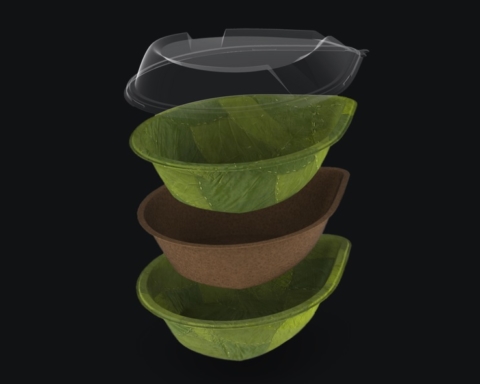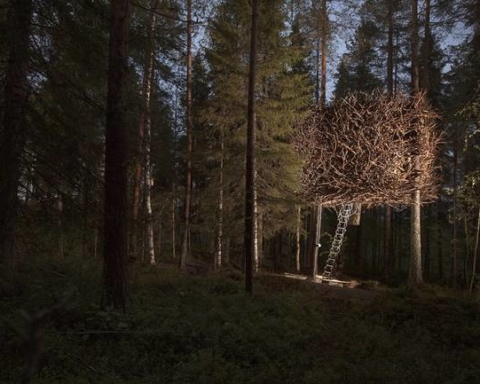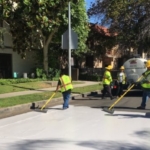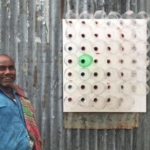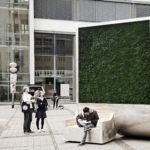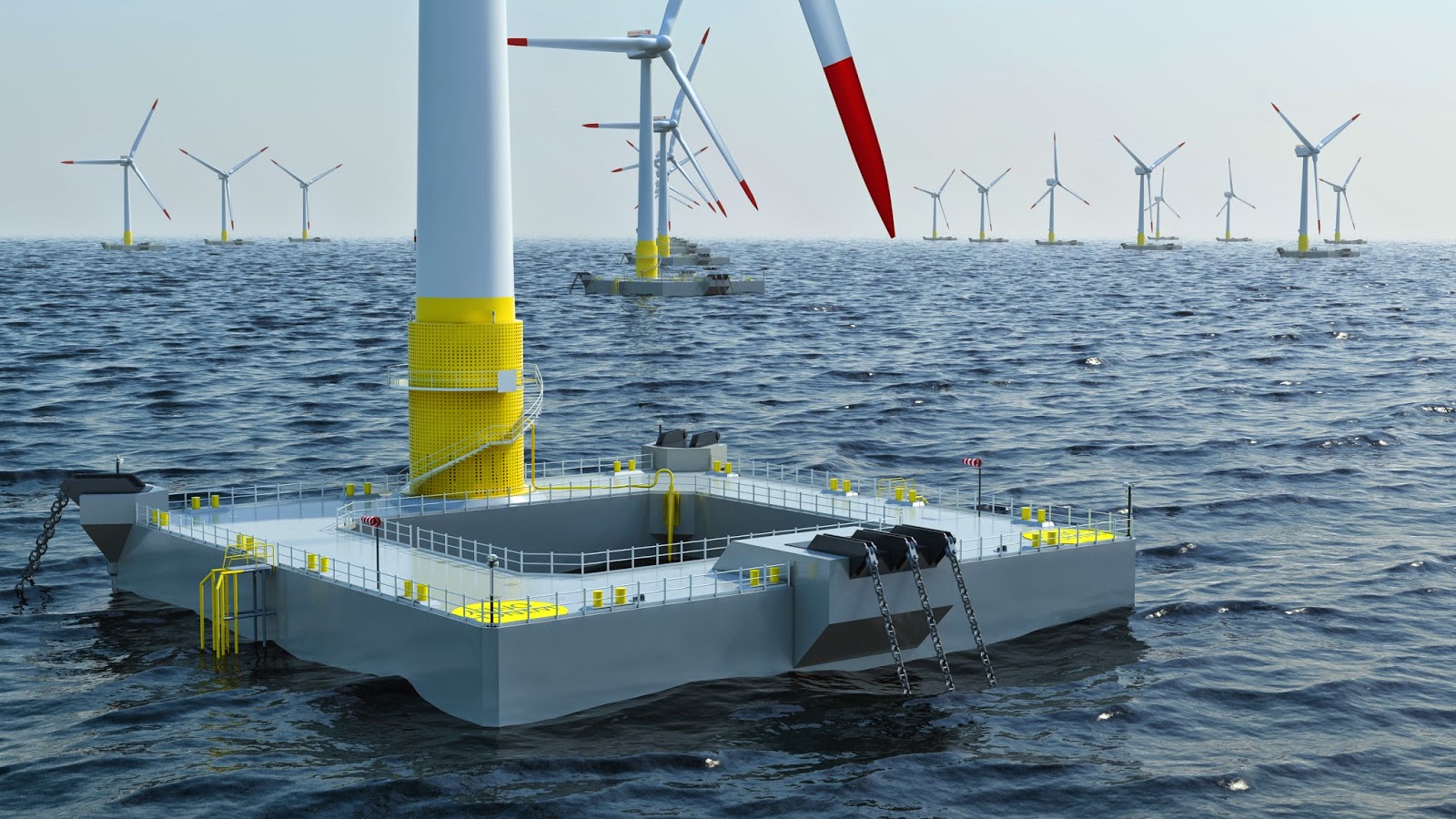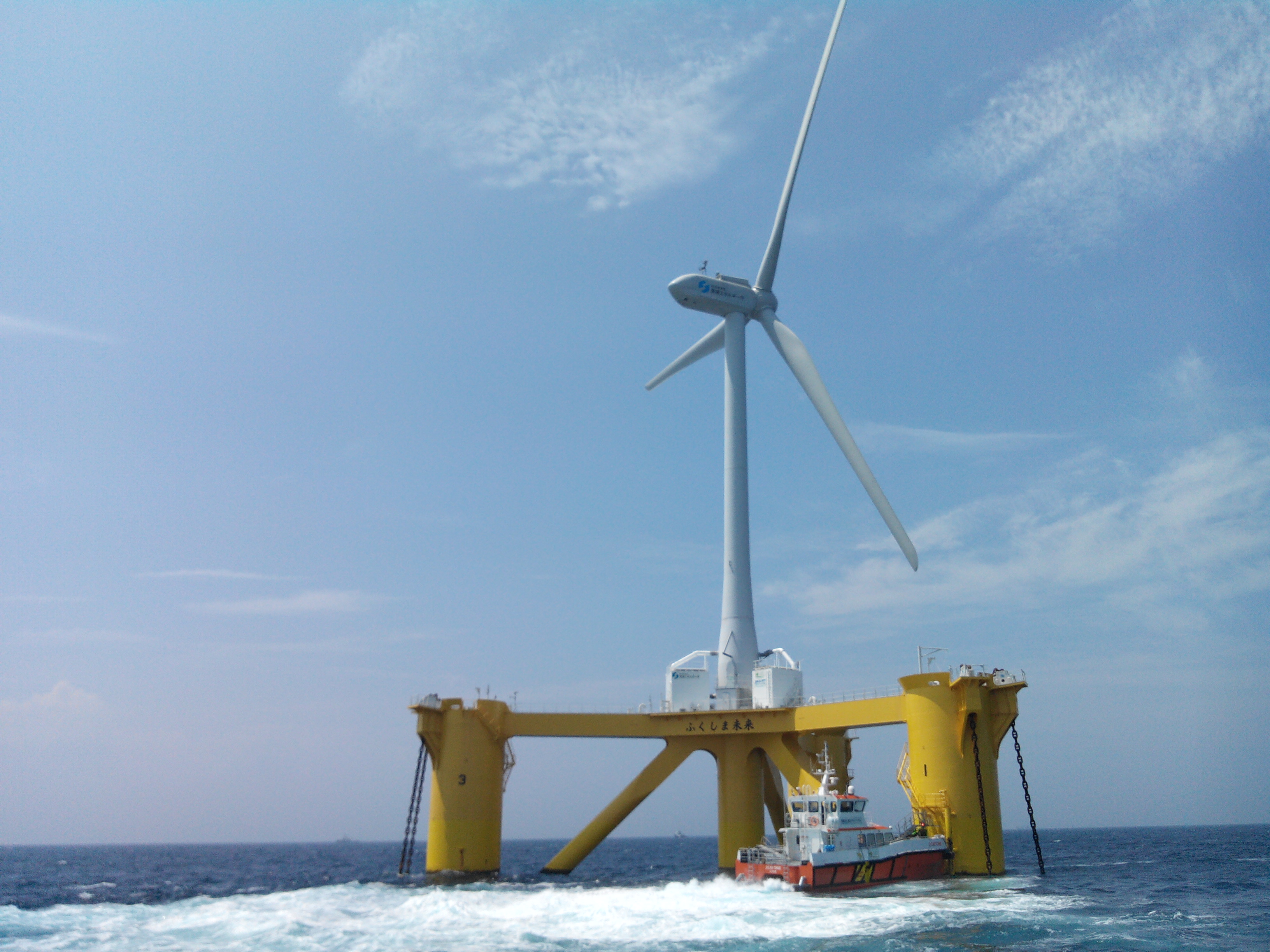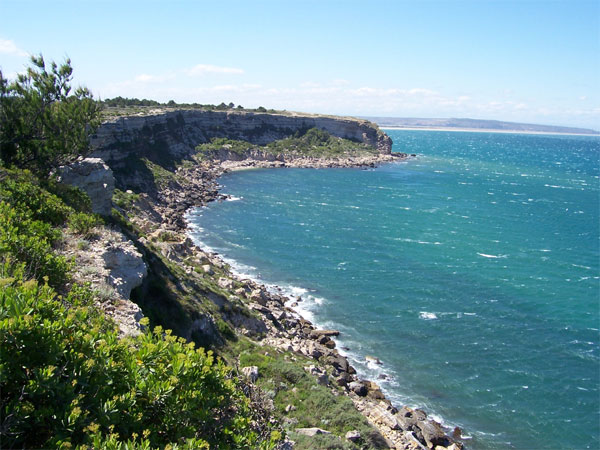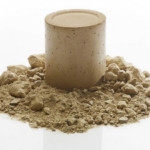Argilus replaces over-polluting cement with green concrete
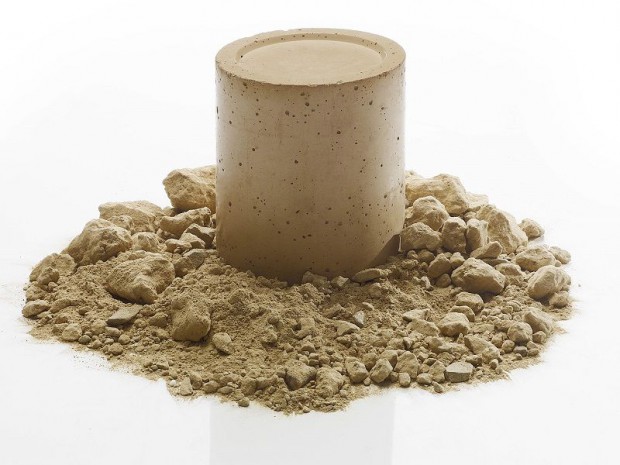
The founders of Argilus are persuaded that they invented the “concrete of tomorrow”. When current concrete requires the use of expensive marine sands, their High Performance Alkaline Activation (HP2A) technology makes it possible to produce concrete from desert sands or from deconstruction of buildings. Above all, this technology would significantly reduce the carbon footprint associated with cement manufacturing. The first stone of the new production site was laid in the region of Vendée in France. Argilus, based in Chaillée-sous-les-Ormeaux, has as objective to market the first products at the beginning of 2018. Read more



